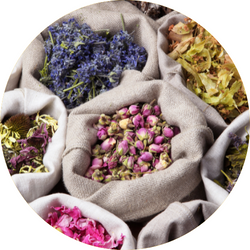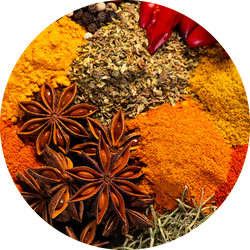Mt. Hood hops, bred in 1983 and released in 1989, originate from the Hallertau region in Germany and are a triploid aroma-type cultivar. The breeding process involved crossing Hallertau Mittelfrüh with a USDA 19058M male, resulting in a hop variety that thrives in Oregon’s Yakima Valley. Named for the Oregon volcano, Mt. Hood shares similarities with German Hallertau and German Hersbrucker and is closely related to Crystal, Liberty, and Ultra hops.
The aroma profile of Mt. Hood hops includes hay, herbal, spicy, and woody notes. When brewed fresh, the hop can impart a strong herbal note, creating an intense yet refined aroma with low to moderate bitterness.
Mt. Hood hops excel in various beer styles and are excellent in Hefeweizen, Brown Ales, Stouts, Pale Lagers, and Wheat Beers. The hop variety adds a warm, spicy, and floral touch when used in these styles, complementing the overall flavor and aroma profiles.
| Usage: | Aroma |
| Country of Origin: | United States |
| Hop Growers Code: | MTH |
Where To Buy Mount Hood Hops
Mount Hood Flavor And Aroma
Mount Hood is an aroma hop that is often described to have the following aroma characteristics:

herbal

spicy

woody
Mount Hood Hop Oil Breakdown
Hop oils can vary from year to year and farm to farm but based on our research, here are the typical values we have seen reported. This information comes from various hop farms, The Hop Aroma Compendium, and For The Love Of Hops.
| Alpha Acid % (AA) Alpha acids are what is isomerized when boiling to create bitterness in beer. | 4% – 8% |
| Beta Acid % Beta acids are what give hops their more aroma and flavor compounds. | 5% – 8% |
| Alpha-Beta Ratio This ratio of alpha acids to beta acids determines how quickly bitterness fades during aging. Lower ratios are common for aromatic varieties. | 0:1 – 2:1 |
| Co-Humulone as a % of Alpha Higher numbers are said to impart a harsher bitterness. | 21% – 23% |
| Total Oils (mL/100g) With more total oils, typically comes a more complex hop profile but these are highly volatile compounds. | 1mL – 1.7mL |
| Myrcene green, resinous | 30% – 40% |
| Humulene woody, piney | 12% – 38% |
| Caryophyllene woody | 7% – 16% |
| Farnesene floral | 0% – 1% |
| Other Oils: Includes beta-ionine, beta-pinene, limonene, linalool, geranoil & selinene | 5% – 51% |
| Hop Storage Index (HSI) The HSI indicates the percent of alpha and beta acids lost after 6 months of storage at room temperature (68°F or 20°C). | Retains 64% alpha acid after 6 months storage at 20ºC (68ºF). |
| Hop Storage Index (HSI) Rating | Fair |
Mount Hood Hop Substitutions
Replacing one hop for another is seldom straightforward but sometimes you don’t have the right hop or the right quantity of hops for the beer you want to make. For those situations, we have made a comprehensive list of hops to substitute on brew day.
These substitutions aren’t perfect as hop chemistry is pretty complex.
We wanted to make this list of substitutions with varietals that are easy to find when possible. For Mount Hood, we recommend substituting with the following hops:
Beer Styles
For the most part, any hop could have a place in just about any beer style. Based on popular beers, historical usage, and our own preferences, we would recommend using Mount Hood for IPA, New England IPA, Pale Ale, Wheat Beer, Golden Ale. That being said, experiment and see what works best for you.
References
https://www.hopslist.com/
https://www.ars.usda.gov/
https://www.brewersassociation.org/
https://www.barthhaasx.com/
https://www.yakimachief.com/
Hieronymus, Stan. For The Love of Hops. Brewers Publications, 2012
The Hop Aroma Compendium. 2012


